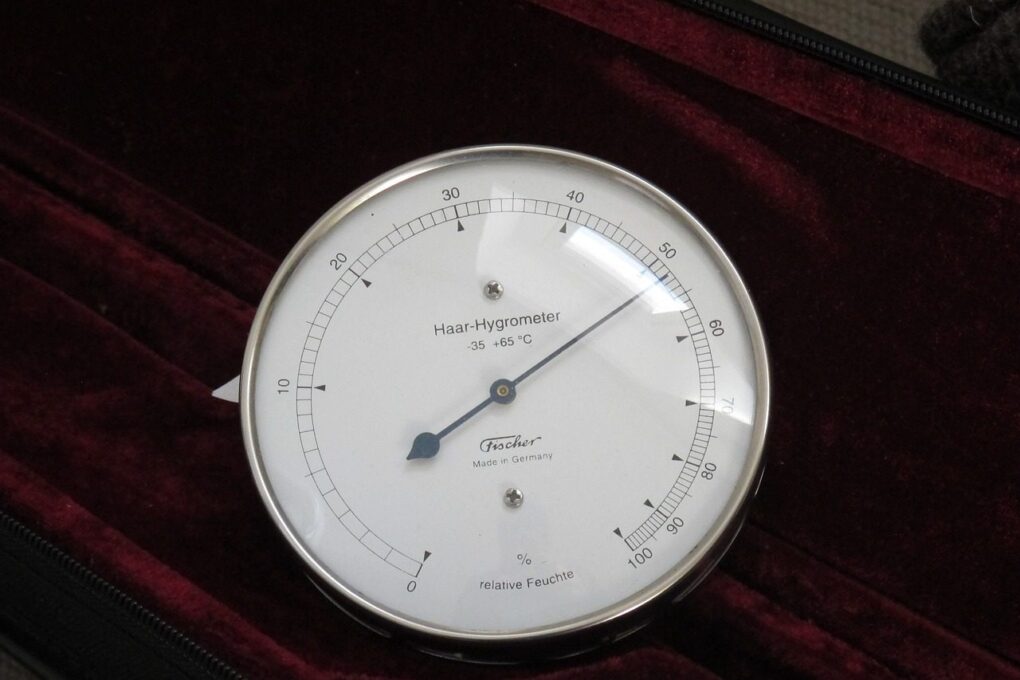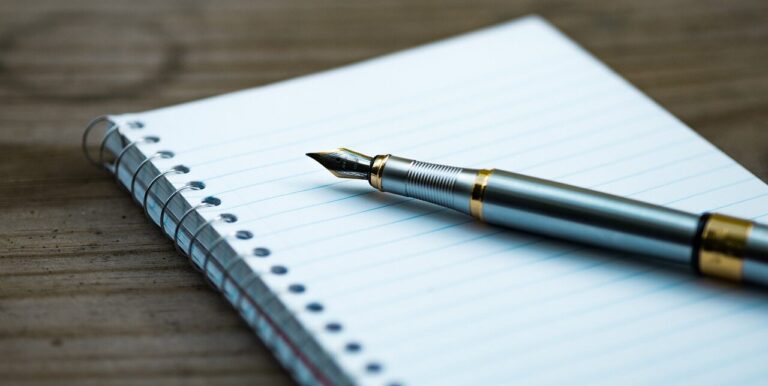
As with many aspects of cigar care, there are a few important steps to take before you can safely store your cigars. While humidors are essential for maintaining the perfect environment, their effectiveness depends heavily on one critical tool: the hygrometer. This device measures the humidity levels inside your humidor, ensuring your cigars stay fresh and flavourful. However, a hygrometer is only as good as its calibration.
Neglecting your hygrometer calibration can lead to inaccurate readings, which may result in cigars drying out or becoming too moist—both of which can ruin their quality. Unfortunately, calibration is one of the most overlooked aspects of humidor setup. Whether you’re using a new hygrometer or maintaining an older one, proper calibration ensures you can trust the readings and confidently care for your cigar collection.
What is a Hygrometer?
A hygrometer is an essential tool for any cigar enthusiast, as it measures the relative humidity inside your humidor. Maintaining the correct humidity level—typically between 65% and 72%—is critical to preserving your cigars’ flavour, aroma, and overall quality. Without a hygrometer, it’s impossible to know whether your cigars are being stored in ideal conditions.
Types of Hygrometers
There are two main types of hygrometers used in cigar storage:
- Analogue Hygrometers
- Traditional, mechanical devices with a needle display.
- Require manual calibration using a screw or dial on the back.
- Often built into humidors but can become less accurate over time.
- Digital Hygrometers
- Modern devices with electronic sensors and a digital display.
- More accurate than analogue models and often require less frequent calibration.
- Some models include additional features like temperature monitoring or humidity alarms.
Even though hygrometers are vital tools, they can lose accuracy over time or even arrive miscalibrated. That’s why regular calibration is key to maintaining an effective humidor.
Why Hygrometer Calibration is Important
Calibrating your hygrometer ensures that it provides accurate readings, which is critical for preserving your cigars. Humidity levels that are too low or too high can damage your collection.
Risks of Incorrect Humidity
- Dry Cigars: Cigars stored in an environment below 65% humidity lose their essential oils, resulting in diminished flavour and a brittle wrapper.
- Over-Humidified Cigars: At humidity levels above 72%, cigars can absorb excess moisture, making them harder to light and prone to mould.
Why Calibration is Crucial
Even brand-new hygrometers can give inaccurate readings if they aren’t calibrated. Regular recalibration ensures your cigars are always stored in optimal conditions, protecting their flavour and quality.
Step-by-Step Hygrometer Calibration Methods
Once you understand its importance, the next step is to calibrate your hygrometer. Here are three common methods:
Salt Test Method
The most common and affordable way to calibrate a hygrometer.
- Add a teaspoon of salt to a small container and mix with a few drops of distilled water to create a paste.
- Place the container and your hygrometer inside a sealed plastic bag or airtight container.
- Leave it undisturbed for 12–24 hours at room temperature.
- After the time has elapsed, your hygrometer should read 75% humidity.
- If it doesn’t, adjust it (or note the offset for future readings).
Common Mistakes:
- Using too much water and creating a liquid instead of a paste.
- Not ensuring the container is properly sealed.
Using a Calibration Kit
Calibration kits provide a simpler and often more accurate method.
- Place your hygrometer in the kit’s humidity chamber with the provided solution.
- Wait for the specified duration (usually 24 hours).
- Adjust the reading to the kit’s calibration standard (usually 75% RH).
Our personal favourite would be the Boveda One-Step Calibration Kit
Reference Hygrometer Comparison
If you have a second, reliable hygrometer:
- Place both hygrometers in the same sealed environment for several hours.
- Compare their readings.
- Adjust the first hygrometer if necessary.
How to Adjust Your Hygrometer
After calibration, your hygrometer may need adjustments to ensure accurate readings.
For Analogue Hygrometers:
- Use the adjustment screw or dial on the back of the device to align the needle to the correct humidity level.
For Digital Hygrometers:
- Follow the manufacturer’s instructions, often involving pressing specific buttons to recalibrate.
If your hygrometer cannot be adjusted, note the offset (e.g., if it reads 70% instead of 75%, always add 5% to its readings).
Maintaining Hygrometer Accuracy After Calibration
Regular maintenance ensures your hygrometer remains reliable over time. Here’s how to keep it accurate:
- Recalibrate Regularly: Aim to calibrate every 6–12 months, especially for analogue hygrometers.
- Protect It from damage: Avoid exposing it to extreme temperatures, moisture, or direct sunlight.
- Clean Analog Devices: Dust or grime can interfere with the needle’s movement.
- Replace Batteries: For digital hygrometers, low batteries can affect accuracy.
Troubleshooting Common Issues
If your hygrometer isn’t working as expected, here are some common problems and solutions:
- Hygrometer Won’t Adjust:
- For analogue devices, ensure the adjustment screw isn’t stuck.
- If it cannot be adjusted, consider replacing the hygrometer.
- Inconsistent Readings:
- Check for environmental factors, such as placement near the humidor door or fluctuating room conditions.
- Recalibrate to confirm accuracy.
Conclusion
A calibrated hygrometer is essential for maintaining the perfect environment for your cigars. Without it, you risk ruining their flavour, aroma, and quality.
Take the time to calibrate your hygrometer today using one of the methods outlined above. By doing so, you’ll ensure your cigars are always stored under ideal conditions, allowing you to enjoy them exactly as intended.

